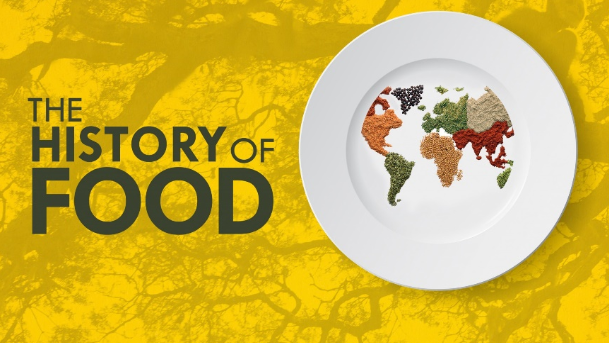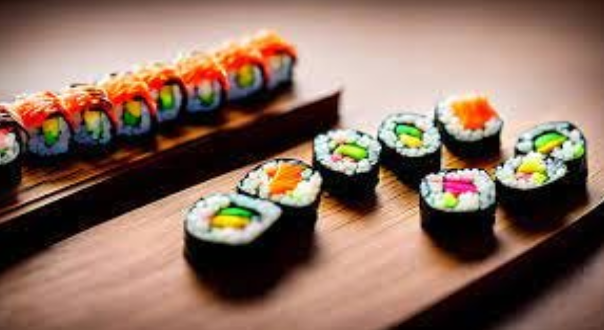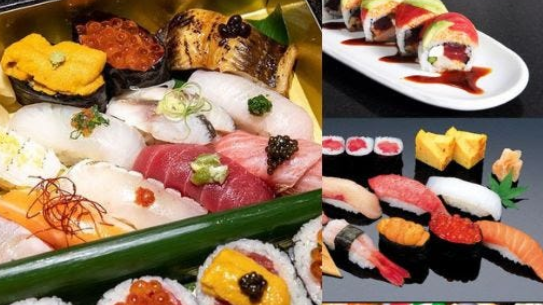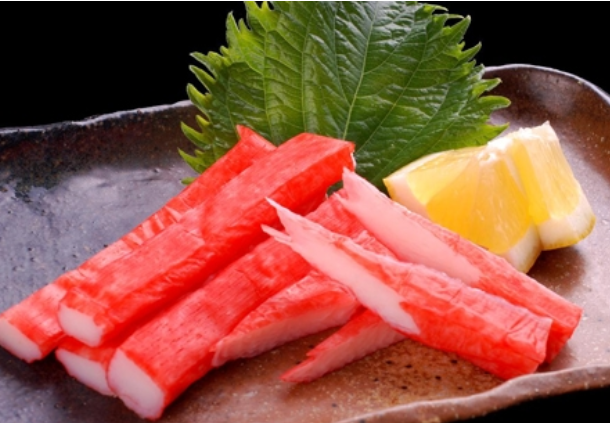Introduction:
In the realm of culinary delights, few ingredients have captivated the global palate as effectively as kanikama, also known as imitation crab. Originating in Japan in the mid-20th century, this seafood substitute has transcended its humble beginnings to become a staple in kitchens worldwide. This article aims to take a deep dive into the fascinating world of kanikama, exploring its history, production process, nutritional aspects, culinary applications, and its impact on both home and professional cooking.
History of Kanikama:

The story of kanikama begins in Japan, where innovative food scientists sought to address the growing demand for affordable and accessible seafood. In the mid-20th century, they developed surimi, a fish paste that serves as the foundation for kanikama. This breakthrough allowed the creation of a product that mimics the taste and texture of crab meat, opening up new possibilities in the culinary world. Over time, the popularity of kanikama spread beyond Japan, finding its place in international cuisines.
The Manufacturing Process:

Understanding the journey from fish fillet to the familiar crab stick helps unravel the intricacies of kanikama production. The process typically involves mincing fish fillets, often from white-fleshed varieties like pollock, to create a base known as surimi. This paste undergoes a transformation with the addition of starch, flavourings, and sometimes colourings to replicate the characteristics of crab meat. Shaped, cooked, and then cooled, kanikama emerges ready for packaging and consumption.
Nutritional Aspects:
Kanikama presents itself as a lower-calorie and lower-fat alternative to real crab meat, making it an attractive option for health-conscious consumers. Rich in protein and with a mild flavour profile, it provides a versatile base for a variety of culinary creations. However, it’s crucial to consider the sodium content in some commercial products, as excess intake may affect dietary considerations. A mindful approach to nutrition can enhance the benefits of incorporating kanikama into one’s diet.
Versatility in Culinary Applications:

One of kanikama’s most compelling attributes is its adaptability in the kitchen. From sushi rolls to salads, sandwiches, and warm dishes, the versatility of kanikama knows no bounds. In sushi, it has become an integral part of popular rolls like the California roll, adding a seafood flair without the expense of real crab. Its ability to blend seamlessly with various Flavors and textures has made it a Favorite among chefs and home cooks alike.
Regional and Cultural Influences:
As kanikama has transcended its Japanese origins, its adoption into various cuisines and cultural contexts has added layers to its culinary significance. In the United States, for example, the California roll has become a sushi staple, showcasing kanikama’s role in creating iconic dishes. In other regions, its affordability and accessibility have made it a valuable ingredient in adapting global cuisines to local tastes.
Environmental Sustainability:

Beyond its culinary allure, kanikama contributes to environmental sustainability by providing a more responsible alternative to traditional crab harvesting. Utilizing readily available fish species helps reduce the strain on overfished crab populations, aligning with the growing awareness of the need for sustainable food choices. This aspect adds an ethical dimension to the enjoyment of kanikama for environmentally conscious consumers.
Culinary Tips and Creative Explorations:
Delving into the culinary world of kanikama invites enthusiasts to explore creative possibilities. From innovative sushi variations to incorporating it into warm dishes like soups and casseroles, the potential for experimentation is vast. Pairing kanikama with complementary ingredients, experimenting with different textures, and considering regional flavour profiles can elevate the dining experience.
Health Considerations and Nutritional Benefits:
While kanikama offers numerous nutritional benefits, including being a good source of protein and low in calories, consumers should be aware of certain considerations. The sodium content in some commercial products can be high, potentially impacting those with dietary restrictions. Choosing low-sodium varieties and incorporating kanikama into a well-balanced diet can maximize its health benefits.
Also Read This: Bisht: Unraveling the Elegance and Traditional Garment
Accessibility and Global Impact:
The widespread availability of kanikama in supermarkets worldwide underscores its global impact. Its accessibility makes it a convenient option for those seeking seafood Flavors, even in regions where fresh crab may be scarce or prohibitively expensive. This aspect has contributed to its integration into diverse culinary traditions and highlights its role as a versatile ingredient for a broad audience.
Conclusion:
In the evolution of culinary experiences, kanikama has emerged as a remarkable and influential ingredient. Its journey from a Japanese innovation to a global culinary phenomenon showcases its adaptability, affordability, and positive environmental impact. As consumers continue to explore the possibilities of kanikama in their kitchens, its role in shaping the future of culinary creativity remains as promising as its enduring appeal on the world stage. Whether in sushi, salads, or warm dishes, kanikama invites us to Savor the rich Flavors of the sea in a way that is both delicious and sustainable.
FAQs:
- Is Kanikama suitable for vegetarians?
Kanikama is not vegetarian, as it is primarily made from fish products. Vegetarians may want to explore alternative seafood substitutes.
- Can I freeze Kanikama for later use?
Yes, you can freeze Kanikama to extend its shelf life. Just ensure it’s well-wrapped to prevent freezer burn.
- Are there any common allergens in Kanikama?
Kanikama may contain allergens such as fish and shellfish. Always check the label for allergen information.
- How is kanikama different from real crab meat?
Kanikama, or imitation crab, is crafted from surimi, a fish paste, while real crab meat comes from crabs. While kanikama mimics the taste and texture of crab, it is a more affordable and sustainable alternative, often made from white-fleshed fish like pollock.
- Is kanikama suitable for individuals with dietary restrictions or allergies? Kanikama may be suitable for individuals with shellfish allergies since it is not made from crustaceans. However, it is essential to check product labels, as some variations may contain allergens or higher sodium levels. Consulting with a healthcare professional is recommended for those with specific dietary concerns.
